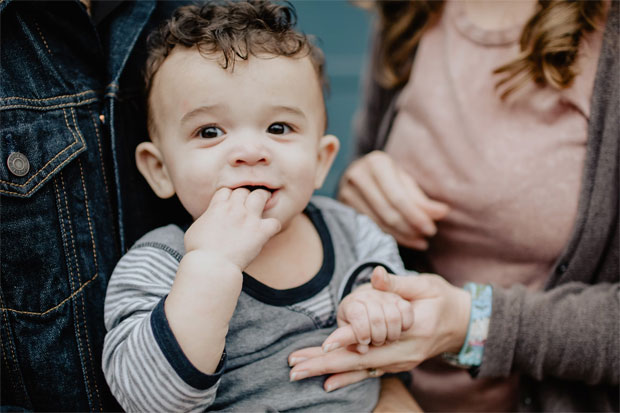How to Create a Child-Centred Divorce Plan for Babies & Toddlers

Creating a Child-Centred Divorce Plan for Babies and Toddlers
Divorce can be a challenging and emotional process, particularly when young children are involved. Ensuring that the needs of babies and toddlers are prioritised is crucial in creating a child-centred divorce plan.
By focusing on the well-being of your child, you can help ease the transition for them during this difficult time. For expert guidance, consider consulting divorce solicitors who specialise in family law to help you navigate the complexities of your situation.
In this article, we’ll explore how to develop a divorce plan that prioritises the needs of your youngest children, focusing on creating a stable and nurturing environment across both homes. Let’s delve in…
Understanding the Needs of Babies and Toddlers
Babies and toddlers have unique developmental needs and sensitivities. Their understanding of the world around them is limited, and they rely heavily on stable and consistent caregiving to feel secure.
During a divorce, it’s essential to consider these needs to minimise distress and promote a sense of safety and normalcy. Here are some things to consider during a divorce:
Consistency and Routine
Young children thrive on routine as it provides them with a sense of predictability and security. When creating a child-centred divorce plan, aim to maintain consistent daily routines across both households. This includes regular meal times, nap times, and bedtime routines.
Emotional Support
Providing emotional support to your child during this period is essential. Toddlers may not fully understand the concept of divorce but can still sense changes in their environment and the emotions of their parents. Offering plenty of reassurance, physical affection, and quality time can help them feel more secure.

Creating a Parenting Plan
A well-structured parenting plan is a cornerstone of a successful child-centred divorce. This plan should outline the responsibilities of each parent and establish clear guidelines for parenting time, communication, and decision-making. Consider the following elements when developing your parenting plan:
Parenting Time Schedule
Establishing a fair and consistent parenting time schedule is crucial for the well-being of your child. While very young children may benefit from shorter, more frequent visits to maintain strong bonds with both parents, it’s essential to balance this with the need for stability. When creating the schedule, consider factors such as:
- The child’s daily routine
- Each parent’s work schedule
- Proximity of the parents’ homes
- The child’s need for consistent caregiving
For more detailed guidance on creating an effective parenting plan, you can refer to online resources dedicated to understanding child custody arrangements.
Communication Between Parents
Effective communication between parents is vital to ensure that the needs of your child are met. This includes discussing any changes in schedules, special events, or health issues. Establish a method of communication that works best for both of you, whether it be through phone calls, emails, or a co-parenting app.
Consistent and respectful communication helps to avoid misunderstandings and ensures that both parents are on the same page regarding their child’s care.
Decision-Making Responsibilities
Deciding how major decisions regarding your child’s upbringing will be made is another critical element of your parenting plan. This may include decisions about health care, education, and religious upbringing. Agreeing on a process for making these decisions can prevent conflicts and ensure that both parents have a say in their child’s future.
Maintaining a Child-Centred Focus
Throughout the divorce process, keep your child’s needs at the forefront of every decision. This child-centred approach ensures that the emotional and physical well-being of your baby or toddler is prioritised. Here are some tips to maintain this focus:
- Put Your Child’s Needs First: Ensure that every decision you make is in the best interest of your child. This might mean compromising on certain issues to create a more stable environment for them.
- Avoid Conflict: Minimise any conflict or tension around your child. They are very perceptive and can pick up on negative emotions, which can increase their stress levels.
- Seek Support: Whether it’s through counselling, parenting classes, or online resources, seek support to help you navigate this challenging time. Understanding the legal aspects of custody can also be beneficial, and you can find more information on child custody laws.
Creating a Child-Centred Divorce Plan for Babies and Toddlers
Creating a child-centred divorce plan for babies and toddlers requires careful consideration and a collaborative approach. By focusing on the needs of your child, maintaining consistent routines, and establishing clear communication and decision-making processes, you can help your child navigate this transition with as little disruption as possible.
Remember, the goal is to create a supportive and loving environment where your child feels secure and valued, despite the changes in their family structure.
For professional guidance tailored to your unique situation, do not hesitate to consult with experienced divorce solicitors who can provide valuable insights and assistance throughout the process.
| Guest Article. |




